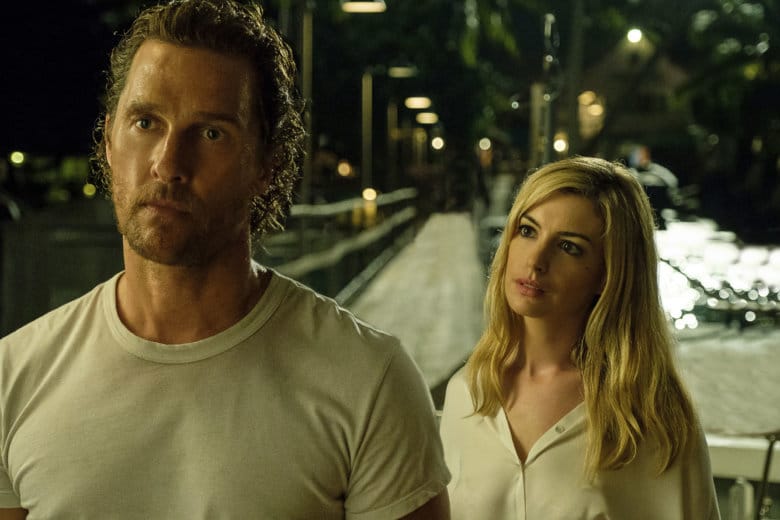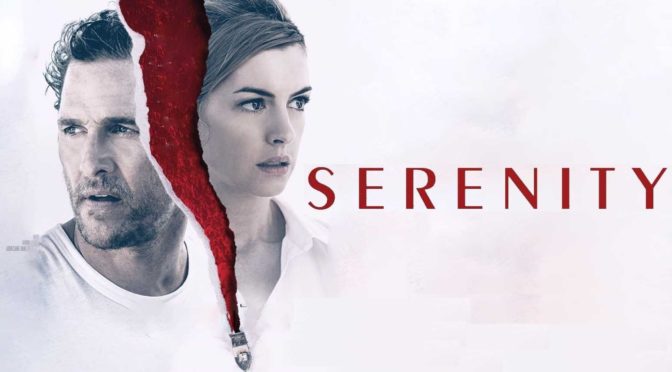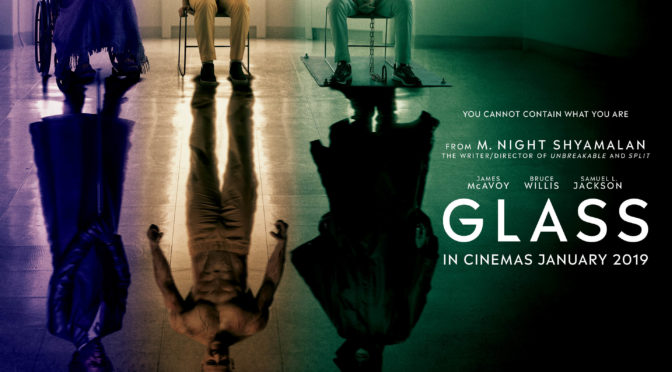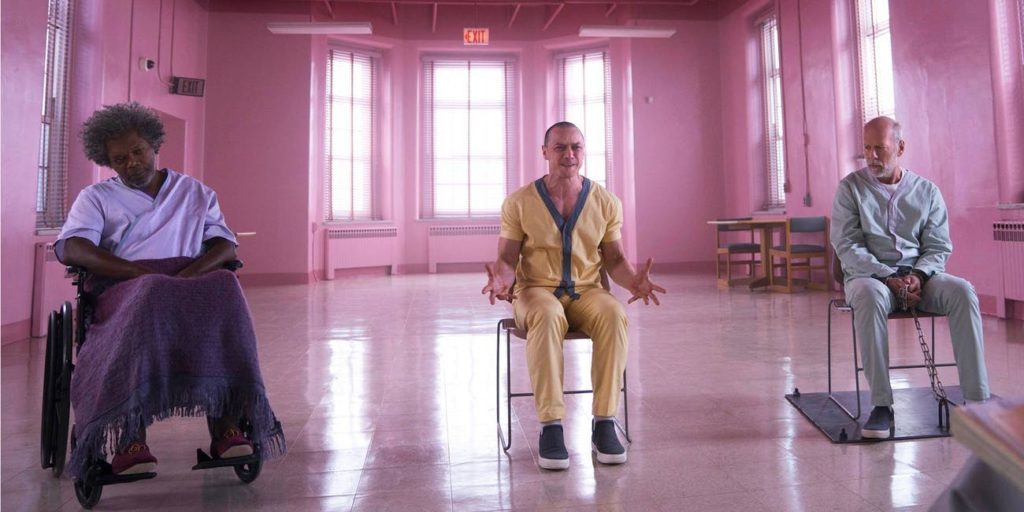Somewhere in the middle of the sea, Baker Dill (Matthew McConaughey; Dallas Buyers Club) makes a meager living taking tourists out to fish tuna and sharks on his ramshackle boat. He lives an uneventful life save for a particular mammoth fish he has been chasing. One day his ex-wife Karen (Anne Hathaway; Les Misérables) abruptly arrives on the island and makes him an offer. She promises ten million dollars if he will take her current husband onto his boat and kill him. Her husband Miller (Jason Clarke; Zero Dark Thirty) has powerful ties, shady dealings, and has been physically abusing her. She sees this as her only way out and begs Dill to do this for their son who has now become a shut-in, spending his life behind his computer screen to avoid his abusive step-father. With a juicy premise written and directed by Steven Knight (Locke), Serenity initially seemed like a film to watch out for.
On the surface, Knight wants this to be a neo-noir. Every required trope of the film noir is present. Dill is a loner dedicated to his job, deliberately living in isolation, and Karen enters the film with the bleached blonde hair, barely opaque dress, and drawn out delivery of the classic femme fatale. The visuals are sun-soaked with raised contrast to emphasize the heightened reality of the story. While the script is intending to play with the established norms of the genre, it falls too snugly into the mold with characters lacking anything to distinguish themselves from a general archetype. Clarke’s villainous Miller is one-dimensional in his immediate and unmitigated loathsomeness and Hathaway’s Karen is little more than a plot device to force Dill out of his routine existence.

Without spoiling anything, the film introduces a game-changing element midway through. This piece of info radically reframes the narrative and not to its benefit. It is a reveal that, while hinted at in the film’s narrative and stylistic choices, is ridiculous and renders much of the story pointless. Furthermore, it raises a myriad of questions about everything shown so far and the plausibility of every character’s actions. What should be a plot explanation becomes a source of numerous plot holes and immersion-breaking inconsistencies.
By the time the credits roll, we’re left in a state of disbelief and confusion. This isn’t a multilayered, reflexive narrative like Mulholland Drive, rather it’s an ill-conceived, poorly-executed idea that raises questions about film’s entire development process. Did no one raise any red flags after reading the script? Was the cast attached alone enough to override the glaring narrative flaws? This can’t have read well on paper so it boggles the mind that two Academy award winning actors and a talented writer-director would involve themselves in a project like this, particularly since this is an original idea. The combination of high powered talent both in front of and behind the camera along with a blatantly problematic narrative make Serenity one of the most baffling and bizarre releases in recent years.

2/5 stars.



